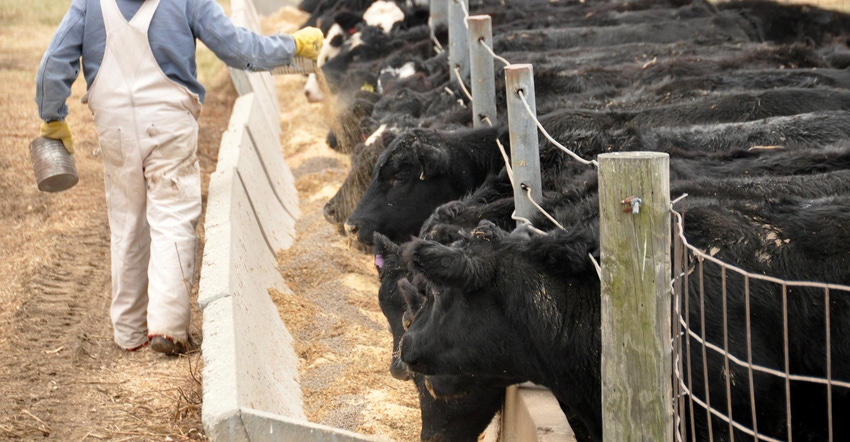November 24, 2017

As the season transitions from fall to winter, livestock farmers must carry out numerous tasks to prepare for the changing weather. One task that often gets overlooked is ensuring that manure is properly applied. There are specific requirements that pertain to all livestock farms when applying manure during the winter.
“Emptying manure storages and applying that manure at agronomic rates to cropland is a priority for livestock farmers when harvest is completed,” says Lauren Lurkins, director of natural and environmental resources for the Illinois Farm Bureau. “Applying manure in a timely manner at optimal field conditions ensures proper utilization of the nutrients and lessens any potential negative environmental impact. Manure application during the winter has a greater risk of runoff due to frozen, ice-covered or snow-covered ground.”
Illinois Environmental Protection Agency rules for agricultural-related pollution include specific provisions for applying manure, whether liquid or solid, to frozen, ice-covered or snow-covered ground.
“Livestock farmers should do everything in their control to avoid having to surface-apply manure when ground is frozen, ice-covered or snow-covered,” says Lurkins. “This includes emptying manure storages and completely cleaning lots in the fall. Farmers should also consider transferring manure to other manure structures if there will not be enough storage available to last until spring.”
If no other options exist and winter application is absolutely necessary, then certain criteria must be followed. Manure application should be limited to areas with less than 5% slope or with adequate erosion control practices. Be sure to select fields with the most residue cover, such as fields with cornstalks rather than bean stubble or fields with a cover crop. Apply manure far away from any surface waters or conduits to surface waters such as tile inlets, grass waterways or field ditches. Producers should consider reducing the manure application rate and applying only as much manure as necessary until a better application window becomes available.
“For unpermitted large CAFOs and permitted CAFOs [concentrated animal feeding operation], surface application on frozen, ice-covered or snow-covered ground is prohibited, unless time-sensitive requirements are met,” says Lurkins.
Prior to Dec. 1, the owner/operator must take steps to provide 120 days of storage. If those steps fail and the storage volume is insufficient, then the owner/operator must notify the Illinois EPA in writing by Dec. 1 that the CAFO has fewer than 120 days of manure storage available and a discharge from the storage structure to surface waters is expected.
Livestock farms must also be aware of additional requirements for developing a winter manure application plan and field selection criteria.
A free resource guide to the Illinois EPA livestock rules is available in swine, beef and dairy versions. The guide helps clarify and simplify the EPA rules, and identifies best management practices for livestock farms. The resource guides are provided by the collaborative work of the Illinois Agricultural Coalition, which includes the Illinois Beef Association, Illinois Farm Bureau, Illinois Milk Producers’ Association and Illinois Pork Producers Association.
Farmers with additional questions about winter manure application or other topics related to the Illinois EPA livestock rules should email Lauren Lurkins at the Illinois Farm Bureau for a free copy of the resource guide.
Source: Illinois Agricultural Association
You May Also Like




